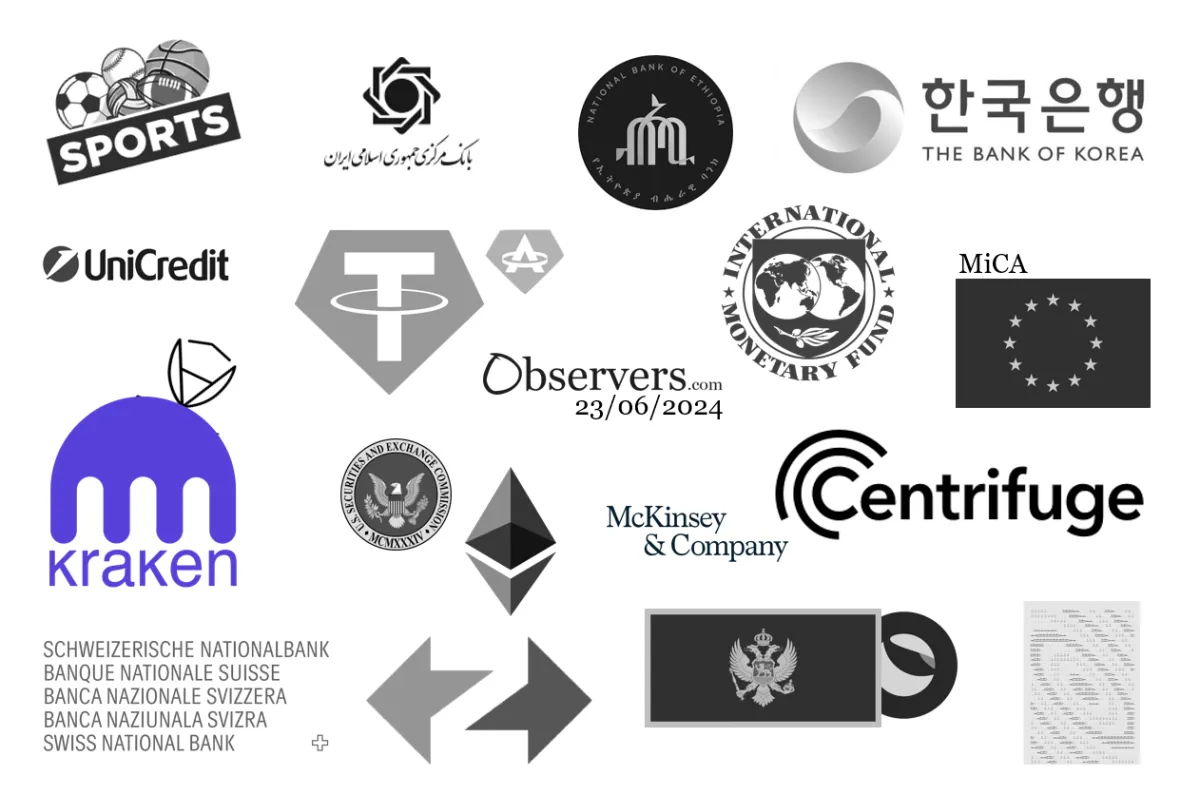
It has been one more week of destructive heavy rains and heatwaves, horrific war acts, alarming reports on looming financial crises, and muddy political battles threatening to destroy the social fabric of whole societies.
In the face of all the chaos around them (or to not face it), people turned to sports.
During this week, millions of sports fans got to take a break from real life as the first matches of Copa America were played in the U.S., the group phases of the Euro Cup happened in Germany, and the knockout stages of the cricket World Cup unfolded in the English-speaking Caribbean countries and in the U.S.
These last few days have demonstrated that people, most of all, want to be entertained. That is why, despite all that blockchain technology is doing to bring about a new age of economic well-being, financial freedom, and individual sovereignty, gaming is the industry's largest subsector.
The use of blockchain in the gaming industry has been improving and enlarging the experience of both users and developers. Digital art, too, is changing with decentralized technology. After non-fungible tokens allowed creators' and collectors' rights to be verifiable, blockchain's unique traits are being deployed to develop new artistic experiences.
Due to their versatility, decentralized technologies can be deployed to pursue almost any objective. NFTs, for example, are used as tools of entertainment, finance, and marketing. They also have great potential to be deployed in gamification strategies to shift consumer patterns to be more sustainable.
For those who prefer not to escape from reality at any moment, crypto stories offer plenty of entertainment.
Take this week's critical hack on Kraken. Four hours after the exchange's CEO issued an alarming warning on X about a security breach, audit firm CertiK revealed that they were behind it, saying it was a white hat operation. Yet, when asked to return the "stolen" funds, they refused. Even though, for now, everything seems solved, there are so many unanswered questions in the air that a second chapter is likely around the corner.
From crime stories to political thrillers, crypto does have it all. This week, journalists from the small Balkan nation of Montenegro uncovered some hidden skeletons in the closet of its young prime minister, Milojko Spajić. According to their investigations, the 36-year politician was one of the first investors of Terraform Labs, the company that Du Kwon presided over until Terra/Luna collapsed, and he decided to flee to…Montenegro. Coincidence?
What might not be coincidental is the SEC's decision to end the investigation into whether Ethereum is a security around the same time Joe Biden showed signs of shifting his position on crypto.
During the process, the Ethereum ecosystem kept on growing. Recently, the network developers came up with an intent-based transaction architecture that has the potential to solve Ethereum's fragmentation issues. Meanwhile, layer-twos grew exponentially thanks to new projects and initiatives like this week's ZKsync airdop.
Despite seeming to happen overnight, the political candidates' newfound pro-crypto mindset results from intense lobbying from industry leaders and also Wall Street players' decisions to start banking on the booming market.
Following their fight for the approval of BTC ETFs, the major players in centralized finance have decided to explore the revenue avenues of tokenizing real-world assets. While they do have the resources to onboard the masses, decentralized RWA projects have the experience, the shared governance impetus, and the creativity to create new products.
What politicians say while running for office differs significantly from what happens once elected. Despite the presidential candidates having softened their positions, many people with power in Washington still consider decentralized currencies, especially stablecoins, to pose an existential threat to the dollar.
Suppose the political class in the U.S. finally decides to give some regulatory clarity to the crypto industry. In that case, they can learn several lessons on how to preserve the integrity of their monetary system with the European Union. Set to enter into force at the end of the month, the political block crypto regulation MiCA was designed to protect the euro.
Being between a rock and a hard place regarding its operations in the EU hasn't stopped Tether from launching new products. As part of its new digital asset tokenization platform, the USDT issuer has launched a synthetic dollar stablecoin backed by gold called Alloy Tether or aUSDT.
Consulting firm McKinsey isn't as excited about tokenization as Wall Street, crypto projects, or even the International Monetary Fund. Observers' Banking and CBDC Weekend Roundup covers the company's shy predictions about the sector this week. Also in our weekly newsletter for central and commercial bankers, updates on South Korea, Iran, and Ethiopian CBDCs.

